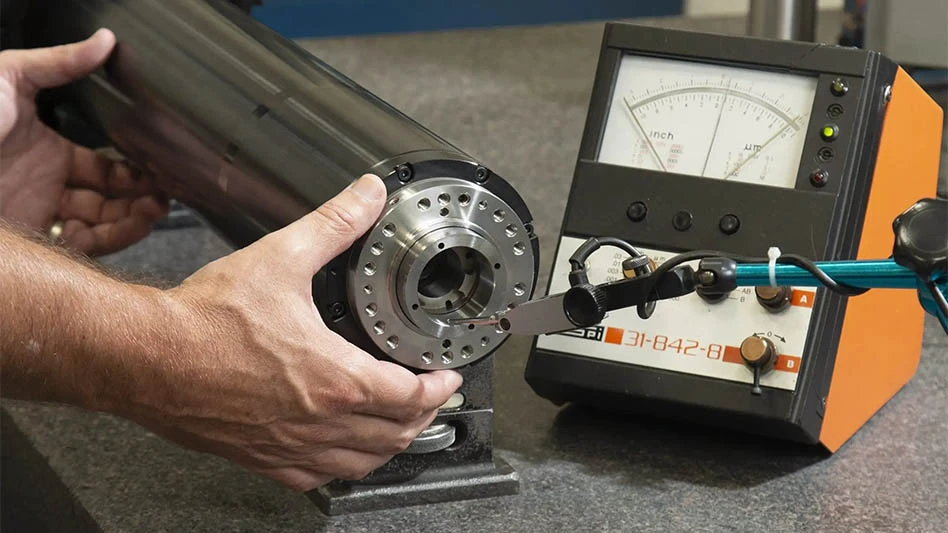This subcontract is part of the $30 million Technology Investment Agreement awarded to Bell by the U.S. Army Aviation Applied Technology Directorate to develop state-of-the-art drive system technology under the Army’s Future Advanced Rotorcraft Drive System (FARDS) program, as announced by Bell on November 8, 2010.
The FARDS program is targeting a 55% improvement in power-to-weight ratio, a 35% reduction in production, operating and support costs, and other improvements in drive systems for the U.S. Army’s Current/Future fleet of rotorcraft and for commercial rotorcraft. The application of C64 can contribute to these goals because its ultimate tensile strength is about 35 percent greater than that of incumbent alloy Pyrowear 53 (“X53”). C64 is also able to be case hardened up to about 64 Rockwell C, leading to improved durability. The combination of increased strength and high hardness of C64 can improve gearbox life and power-to-weight ratio. The high thermal stability of C64 is also expected to improve “oil-out” survivability, and may reduce the size and weight of auxiliary gearbox cooling systems.
QuesTek will work closely with Bell to further develop the thermal processing and finishing processes ofC64 to optimize the combination of strength and hardness in the gear case and core. Manufacturing costsavings will also be assessed, since manufacturing processes for C64 can be significantly simplified over incumbent options.
Latrobe Specialty Steel Company of Latrobe, PA, USA produces and sells C64 under license from QuesTek. Applications for C64 beyond rotorcraft gear assemblies include integral drive shafts and power transmission components in high-temperature, high-performance, or weight/space-sensitive applications.
Charlie Kuehmann, President and CEO of QuesTek, commented: “We thank Bell Helicopter and the Army for this opportunity to apply Ferrium C64 to improve the performance, economy, capacity anddurability of demanding rotorcraft platforms. We also thank NAVAIR, the U.S. Navy’s Naval AirSystems Command, for their guidance and financial support during earlier STTR Phase I and Phase II projects under which we computationally designed C64.”
This research was partially funded by the Government under Agreement No. W911W6-10-2-0007. The U.S. Government is authorized to reproduce and distribute reprints for Government purposes not withstanding any copyright notation thereon. The views and conclusions contained in this document are those of the authors and should not be interpreted as representing the official policies, either expressed or implied, of the Aviation Applied Technology Directorate or the U.S. Government.
Latest from Aerospace Manufacturing and Design
- Qatar Airways orders up to 210 Boeing widebody jets
- Digital test indicator offers larger measuring ranges
- AviLease orders up to 30 Boeing 737 MAX jets
- 256-piece general maintenance tool kit
- JetZero all-wing airplane demonstrator achieves milestones
- Cermet indexable inserts for medium turning operations
- Trelleborg acquires Aero-Plastics
- Industrial automation products, enclosed encoders





